E-commerce Growth
The Frozen Bread Market is experiencing a surge in e-commerce growth, reshaping how consumers purchase frozen food products. The rise of online grocery shopping has made it easier for consumers to access a wide range of frozen bread options from the comfort of their homes. Data suggests that online sales of frozen food, including bread, have increased significantly, driven by the convenience and variety offered by e-commerce platforms. This shift not only expands the market reach for manufacturers but also allows consumers to explore new brands and products that may not be available in local stores. As e-commerce continues to evolve, it is likely to play a crucial role in the distribution and sales strategies of the Frozen Bread Market.
Health-Conscious Offerings
The Frozen Bread Market is witnessing a notable shift towards health-conscious offerings. Consumers increasingly seek products that align with their dietary preferences, such as gluten-free, whole grain, and organic options. This trend is driven by a growing awareness of health and wellness, prompting manufacturers to innovate and diversify their product lines. According to recent data, the demand for gluten-free bread has surged, with a significant percentage of consumers actively seeking healthier alternatives. This shift not only caters to specific dietary needs but also enhances the overall appeal of frozen bread products. As a result, companies in the Frozen Bread Market are investing in research and development to create nutritious options that meet consumer expectations, thereby expanding their market reach.
Diverse Consumer Preferences
The Frozen Bread Market is characterized by diverse consumer preferences, which drive product innovation and variety. Different regions exhibit unique tastes and preferences, prompting manufacturers to tailor their offerings accordingly. For instance, some consumers may prefer artisanal-style frozen bread, while others may seek traditional options. Market data indicates that the demand for specialty frozen bread products, such as ethnic breads, is on the rise, reflecting the multicultural landscape of consumer preferences. This diversity encourages companies to expand their product lines and explore new flavors and textures, thereby enhancing their competitive edge. As the Frozen Bread Market adapts to these varied consumer demands, it is likely to see sustained growth and increased market share.
Convenience and Accessibility
The Frozen Bread Market benefits from the increasing demand for convenience and accessibility in food products. Busy lifestyles and the need for quick meal solutions have led consumers to favor frozen bread as a practical option. The ability to store frozen bread for extended periods without compromising quality makes it an attractive choice for households. Market data indicates that sales of frozen bread products have risen significantly, reflecting a shift in consumer purchasing behavior towards convenience-oriented food items. Retailers are responding by enhancing their frozen food sections, making it easier for consumers to access a variety of frozen bread options. This trend is likely to continue, as the demand for convenient meal solutions remains strong, further driving growth in the Frozen Bread Market.
Innovative Packaging Solutions
The Frozen Bread Market is increasingly focusing on innovative packaging solutions to enhance product appeal and shelf life. Packaging plays a critical role in preserving the quality and freshness of frozen bread, which is essential for consumer satisfaction. Recent trends indicate that manufacturers are adopting eco-friendly materials and resealable packaging to cater to environmentally conscious consumers. This not only helps in reducing waste but also aligns with the growing demand for sustainable practices in the food industry. Additionally, attractive packaging designs can influence purchasing decisions, making it a vital aspect of marketing strategies within the Frozen Bread Market. As companies continue to innovate in packaging, it is expected to contribute positively to market growth.


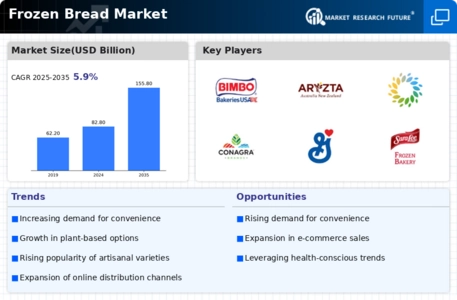
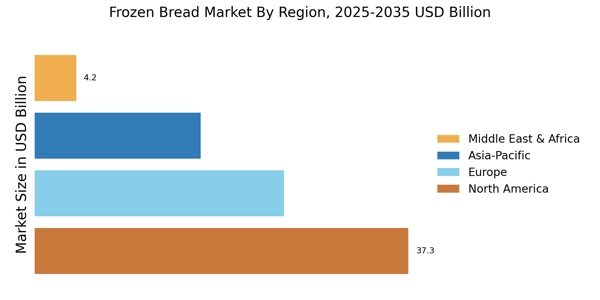
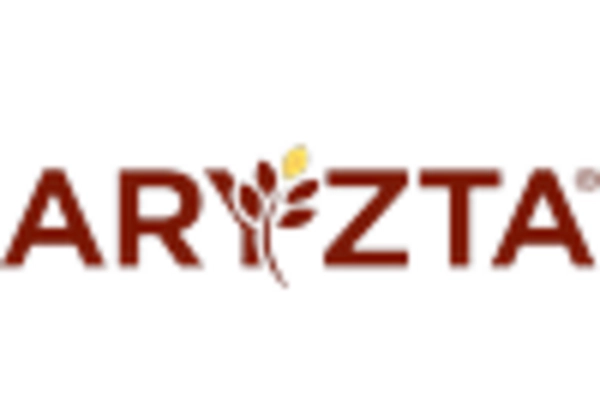
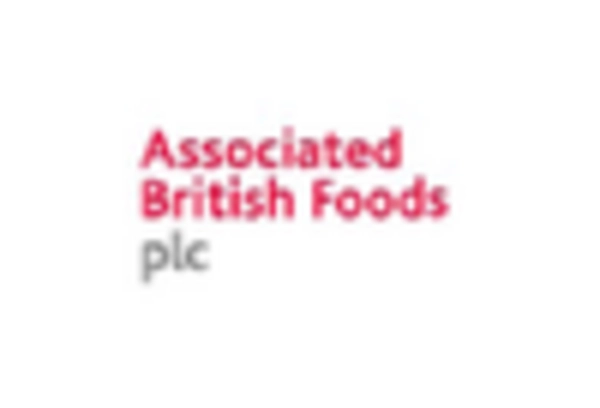

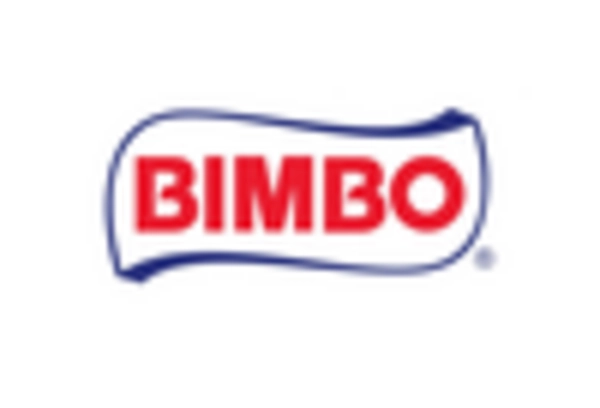
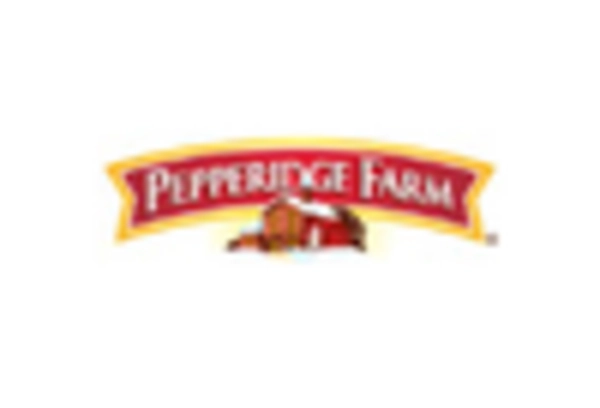
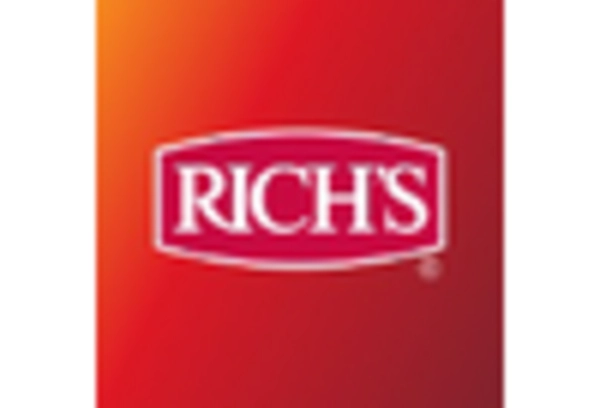








Leave a Comment